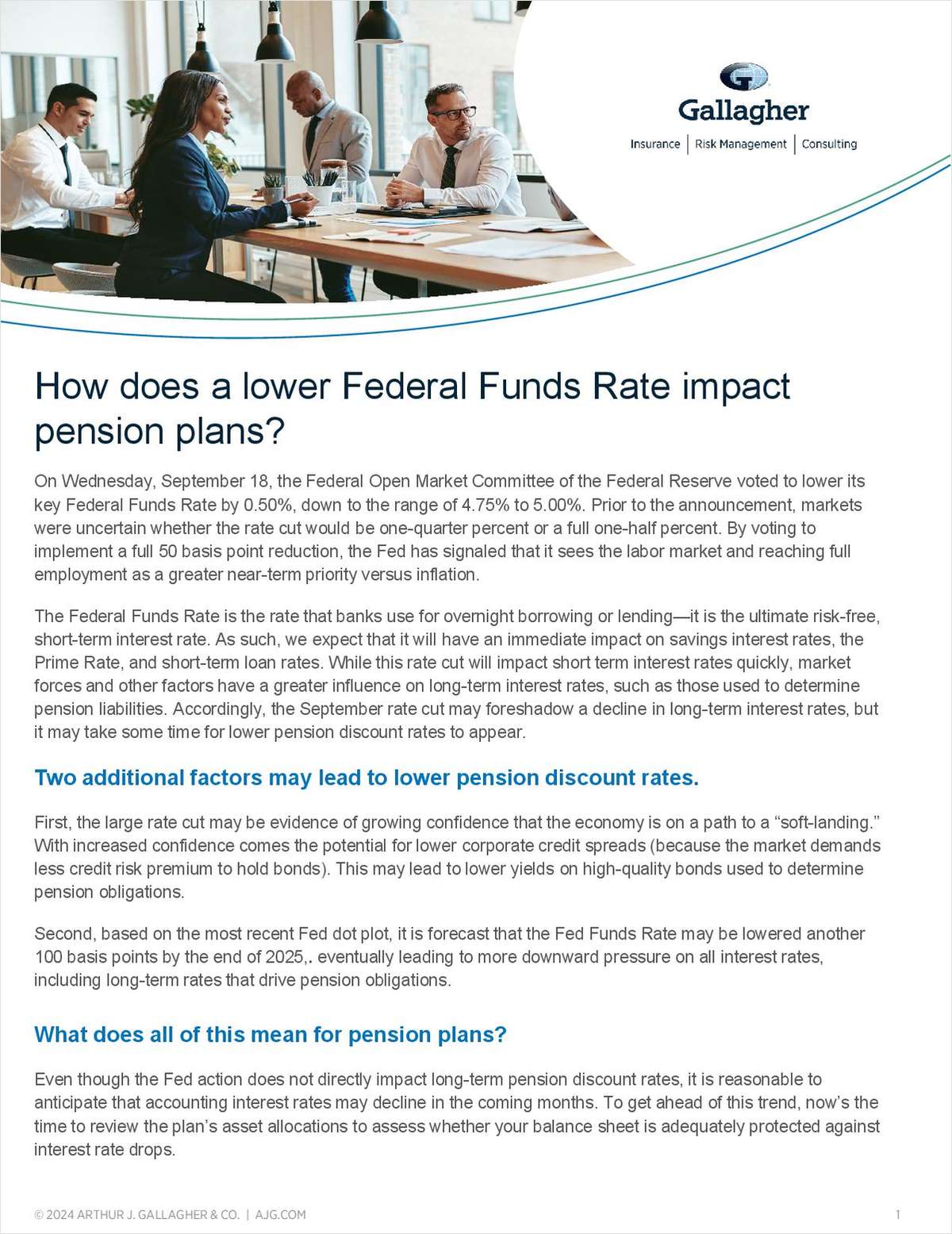BRISBANE, Calif. – It's that time of year again, time for O'Rourke Sacher & Moulton to recognize the "Best Practices" in credit union financial analysis and internal controls. This year's winners span a number of critical areas of credit union operations, said Tom Lent, partner with O'Rourke Sacher & Moulton, part of RSM McGladrey, Inc. "All the things covered are very timely, from cost analysis of a new branch to costs of changing credit union names. The one on collateral protection insurance is also something a lot of credit unions are looking at today," said Lent. This is the 5th year for O'Rourke's Best Practices. Jim Nichols, Internal Audit Manager, Star One CU, won a Best Practice award for the report procedures and guidance he developed for a critical area of internal CU auditing – analyzing file maintenance transactions. The file maintenance transaction report is a good place to look for internal fraud. A file maintenance transaction includes such things as a change in the APR or credit limit of a loan; adding names to loans; changing the payoff date on a loan; a member address change; and others. "The critical issue is there are a huge number of these types of transactions. When I first came on board in June of 1998, this report was anywhere from 56 to 64 pages. The first thing you do is figure out what to make of it all. Some (transactions) have more risk than others," said Nichols. So Nichols devised a set of guidelines to narrow that list down to about 14 pages. He did that by prioritizing file maintenance transactions by risk level. "I set about looking at the reports and getting to understand the various transactions, to make my own assessment as to what the risk was for Star One for each type." For example, a change in a member's address is more common than a rate change of over one percentage point or a change in a payment due date. "An APR change on a loan that exceeds a half a point is not normal. It's quite normal to change a quarter or half point. But anything after three-quarters of a point you're hurting your margin," said Nichols. These are the type of criteria he used to whittle down the file maintenance transaction list. He also used dollar amount and length of time to streamline the list. Anything that could cause the CU a $300 or more loss was given higher priority, as was any change in loan terms over 60 days. "We've got it down to identifying where the real critical high risk areas for Star One are. The report is now much more manageable." By getting through the report faster, each department where a potential problem is found is made aware of it more quickly. "They (departments) now know things are being looked at." That in itself is a sound internal control element, said Nichols. Brandon Ivie, controller for U-Lane-O CU, Eugene, Ore., won for his branch profitability analysis spreadsheet. It answers critical questions about the impact of a new CU branch on the overall CU. It also determines the most cost effective way to begin operating a new branch. For example, the spreadsheet analyzes whether a CU should build a new facility or lease an existing one. The analysis offers five years of pro-forma financial results, including the branch's impact on ROA. "The spreadsheet just needs a couple of assumptions put in, then it takes the expenses that are inherent with a branch and determines at what point the branch breaks even, and how much it can contribute to the success of the credit union," said Ivie. Ivie developed the spreadsheet while working for Selco CU, which at the time was trying to build a branch in another area of Oregon, and had to get regulatory approval. It needed to outline for regulators the impact the branch would have on the credit union. The spreadsheet considers just about every detail of a new branch, including size and salaries of new branch staffers, operating expense, marketing costs, and building costs. It also gets into performance issues that will affect the entire CU, such as the anticipated loan volume of the branch, savings volume, fee income, and others. The management team for Arizona FCU, Phoenix, won a Best Practice for its insurance cost analysis review. The credit union reviewed the costs of self-insurance vs. forced placed collateral protection insurance. The CU evaluated self-insuring without tracking; self-insuring with tracking; blanket insurance, and the CU's current CPI program. The interesting thing about this program, said Helen Venable, loss prevention specialist for the CU and a key player in developing the program, is that it didn't just analyze the financial impacts of the options, but also the impact to members given that CPI administration is a very sensitive issue. "We looked at self-insuring without any tracking, self-insuring with tracking, blanket insurance. Those three were all a cost to the credit union. We wanted to make sure if we do pay for it, it is in our members' best interest," said Venable. Venable said the 10-page spreadsheet breaks each option down by cost, ability to protect the CU's assets; administration, and other areas. At the end of the evaluation, the CU decided that none of the new three options was better than the CPI program the CU already had in place. However, the CU identified a number of opportunities to improve its CPI process, and learned a lot about the strengths and weaknesses of its existing program. Honorable mention went to the accounting department at United Nations FCU, New York, for its procedures simplifying the posting of Visa related accounting entries; to Nancy Forster-Holt an EVP of Maine Savings FCU, Hampden, Maine, for an analysis of decisions leading to a credit union name change, including the cost factors; and yet another honor for the management team of Arizona FCU for its employee retention report. Detailed breakdowns of past Best Practice winners can be found at www.orourkecpa.com. [email protected]
Complete your profile to continue reading and get FREE access to BenefitsPRO, part of your ALM digital membership.
Your access to unlimited BenefitsPRO content isn’t changing.
Once you are an ALM digital member, you’ll receive:
- Breaking benefits news and analysis, on-site and via our newsletters and custom alerts
- Educational webcasts, white papers, and ebooks from industry thought leaders
- Critical converage of the property casualty insurance and financial advisory markets on our other ALM sites, PropertyCasualty360 and ThinkAdvisor
Already have an account? Sign In Now
© 2024 ALM Global, LLC, All Rights Reserved. Request academic re-use from www.copyright.com. All other uses, submit a request to [email protected]. For more information visit Asset & Logo Licensing.








